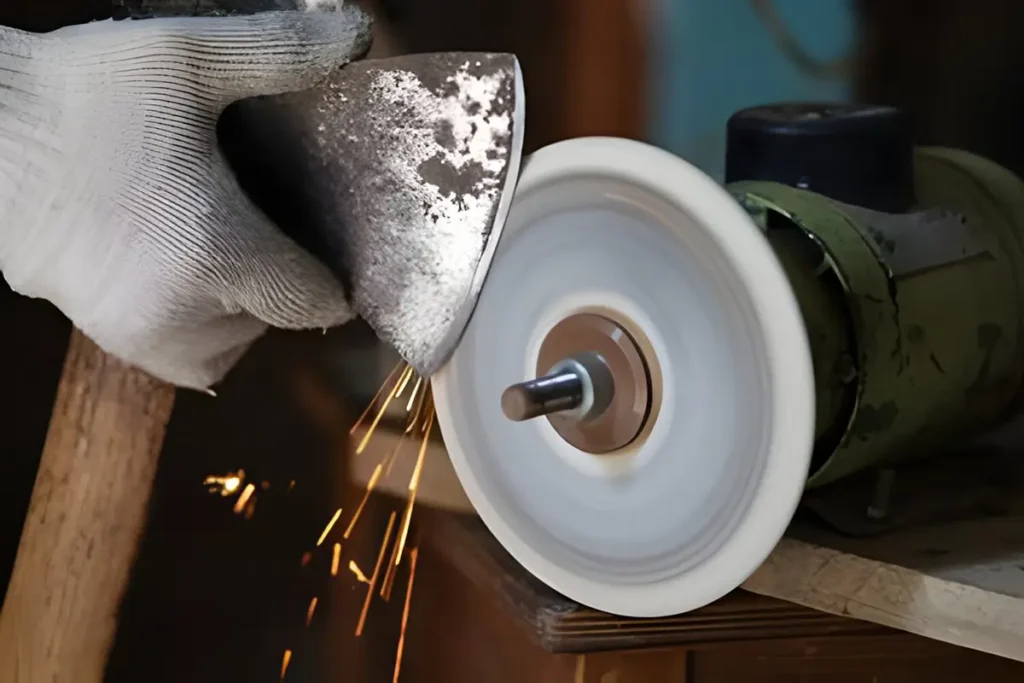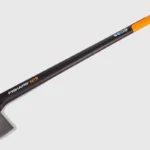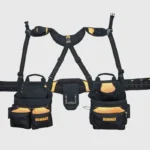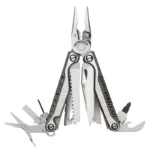Sharp tools are not only more effective but also safer to use. Dull edges require more force to cut, increasing the risk of slipping and injuring yourself. This post will cover the essentials of sharpening common hand tools like chisels, planes, saws, and gouges, ensuring your tools perform at their best.
Essentials of Sharpening
Before you begin sharpening, gather the necessary equipment. You’ll need sharpening stones (coarse, medium, and fine grit), a honing guide, a strop, and possibly a burnisher for certain tools. Each material and tool type may require different abrasives; understanding this match-up is key to effective sharpening.
Preparing Your Tools for Sharpening

Start by thoroughly cleaning your tools to remove any dirt or rust, which can affect the sharpening process. Inspect each tool for damage. Tools with chips or deformations may need more extensive restoration before you can properly sharpen them.
Sharpening Techniques
Sharpening involves grinding the tool’s edge to a sharp finish and honing this edge to a razor-like sharpness. Here are general principles applicable across tool types:
- Consistent Angle: Keeping a consistent angle between the tool and the sharpening stone is crucial. This angle varies between tool types but generally falls between 20-30 degrees. Use a honing guide to maintain consistency, especially as a beginner.
- Proper Pressure: Apply even pressure as you move the tool across the stone. Begin with coarser grits to shape the edge and progress to finer grits for smoothing.
- Edge Maintenance: Throughout the process, keep the edge perpendicular to the handle (for most tools) to ensure it remains straight and true.
Sharpening Flat-Edged Tools
Chisels and plane irons are common flat-edged tools requiring regular maintenance. Here’s how to sharpen them effectively:
Chisels
Secure the chisel in a honing guide set to the correct angle. Start with a coarse stone to remove any nicks or unevenness along the edge. Transition through medium to fine stones until the edge is smooth and free from visible scratches. Finish by honing on a leather strop treated with polishing compound.
Plane Irons
Similar to chisels, plane irons should be fixed in a honing guide. The back of the plane iron must be flat and polished, as this is crucial for a clean cut. Work through the grits from coarse to fine, and ensure to remove the burr that forms on the back of the iron after each pass on the stone.
Sharpening Serrated and Curved Tools
Serrated tools like saws and curved tools such as gouges require specific approaches due to their unique shapes.
Saws
The sharpening of saws involves two main processes: setting the teeth and filing them. Use a saw set to adjust the set of the teeth, ensuring they alternate evenly to either side. Then, select a file that matches the pitch (PPI) of the saw’s teeth. File each tooth carefully, maintaining the original factory angle. Alternate between ripcut and crosscut patterns based on your cutting needs.
Gouges
These require a rounded sharpening stone or slipstone that fits their curvature. Hold the gouge at a consistent angle and use a sweeping motion to run it along the stone. Ensure all parts of the curved edge are evenly sharpened by rotating the tool as you move it along the stone.
Honing for Fineness
Honing polishes the edge of a tool to a fine sharpness after initial sharpening. For best results, use a finer grit stone or a honing rod similar to those used for kitchen knives. The key to effective honing is gentle, consistent strokes to refine the edge without removing more material than necessary.
Stropping and Polishing
Stropping involves dragging the tool backwards over a leather strop coated with a fine abrasive paste. This helps align the micro-edge of the tool, removing any burrs and polishing the edge to a mirror-like finish. This step is especially critical for tools like chisels and plane irons, enhancing their cutting precision.
Maintaining Sharpening Tools
Maintain your sharpening stones by keeping them flat and clean. Use a flattening stone or sandpaper to level the surfaces of your stones regularly. For strops, apply a new layer of compound as it wears off, and replace the leather if it becomes too smooth or damaged.
Sharp tools are a cornerstone of effective craftsmanship. Investing time in learning these sharpening techniques will enhance the quality of your work and the longevity of your tools. With practice, these steps will become a routine part of your tool maintenance, ensuring you always have the best edge for any task.

Matthew Dowell
Matthew, a seasoned builder from a family of craftsmen, leads Tools Trove. His passion for tools and decades of hands-on experience fuel his commitment to providing expert reviews and insightful content. Whether you’re a pro or a DIY enthusiast, Matthew’s guidance ensures informed decisions in the world of tools.




